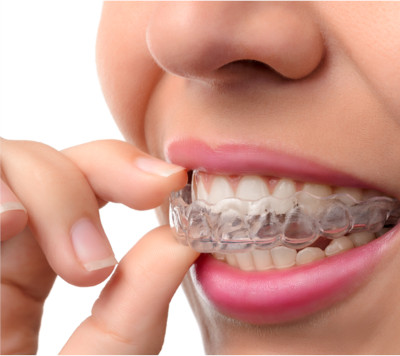
Aligner: software for clear aligner design
Deltaface Aligner is a software for designing clear aligners (invisible transparent aligners). It is intended for orthodontists and dental technicians to design series of clear aligners. These are produced either by the thermoforming technique or by direct 3D printing. Nowadays, more and more practitioners are integrating a laboratory in their dental practice to manufacture their patients’ orthodontic aligners independently, and thus reducing costs and delays and improving the quality of care by customising the treatment plan.
Often, orthodontic treatment with clear aligners is an excellent alternative to dental braces. Maintenance is easier, not to mention the aesthetics which are much better. It is important that a practitioner can offer this alternative to his patient as the demand is growing and more and more people are demanding this type of treatment.
What are the steps in the manufacturing process of clear aligners?
The impression procedure
This first step consists of taking the dental impression of the patient, either with alginate – which will be used to make the plaster model and then scanned with a desktop 3D scanner – or with an intraoral scanner, a much modern approach recommended to keep a fully digital workflow and save considerable amount of time.
Desktop scanner
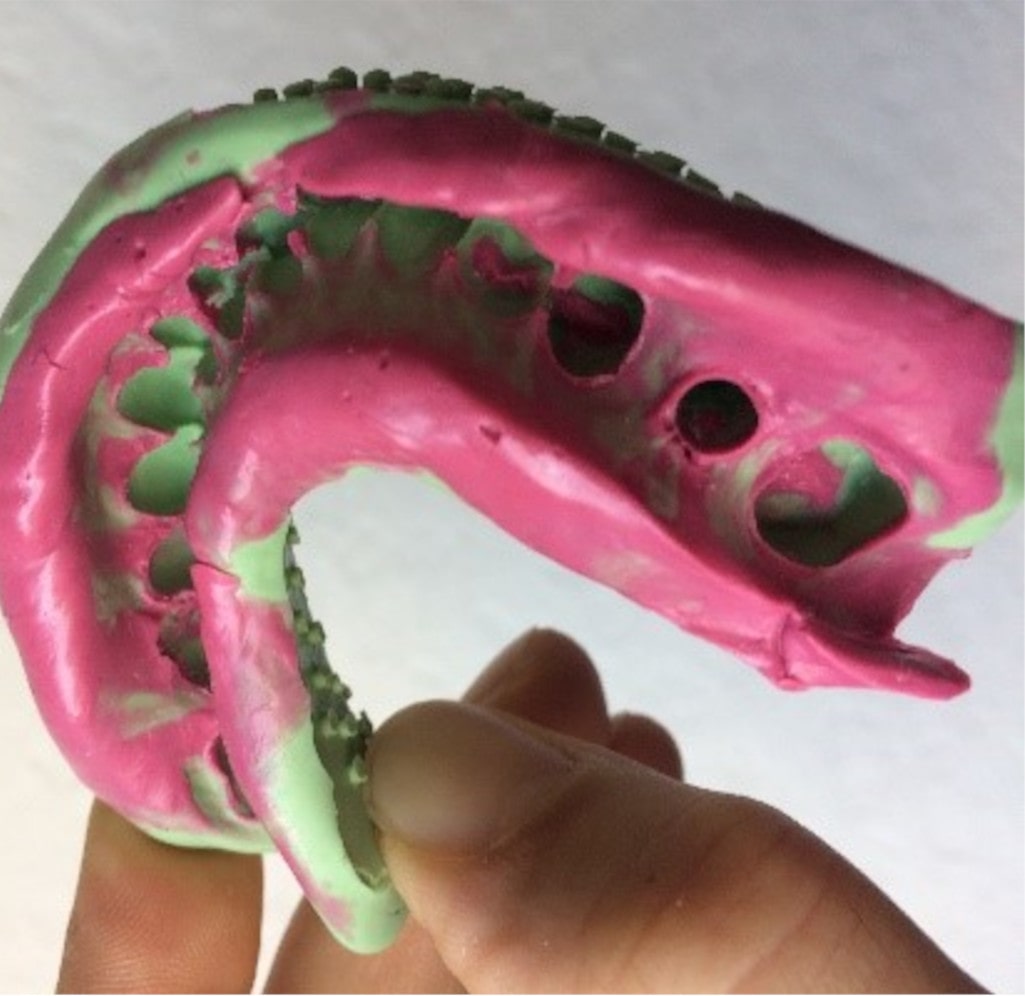
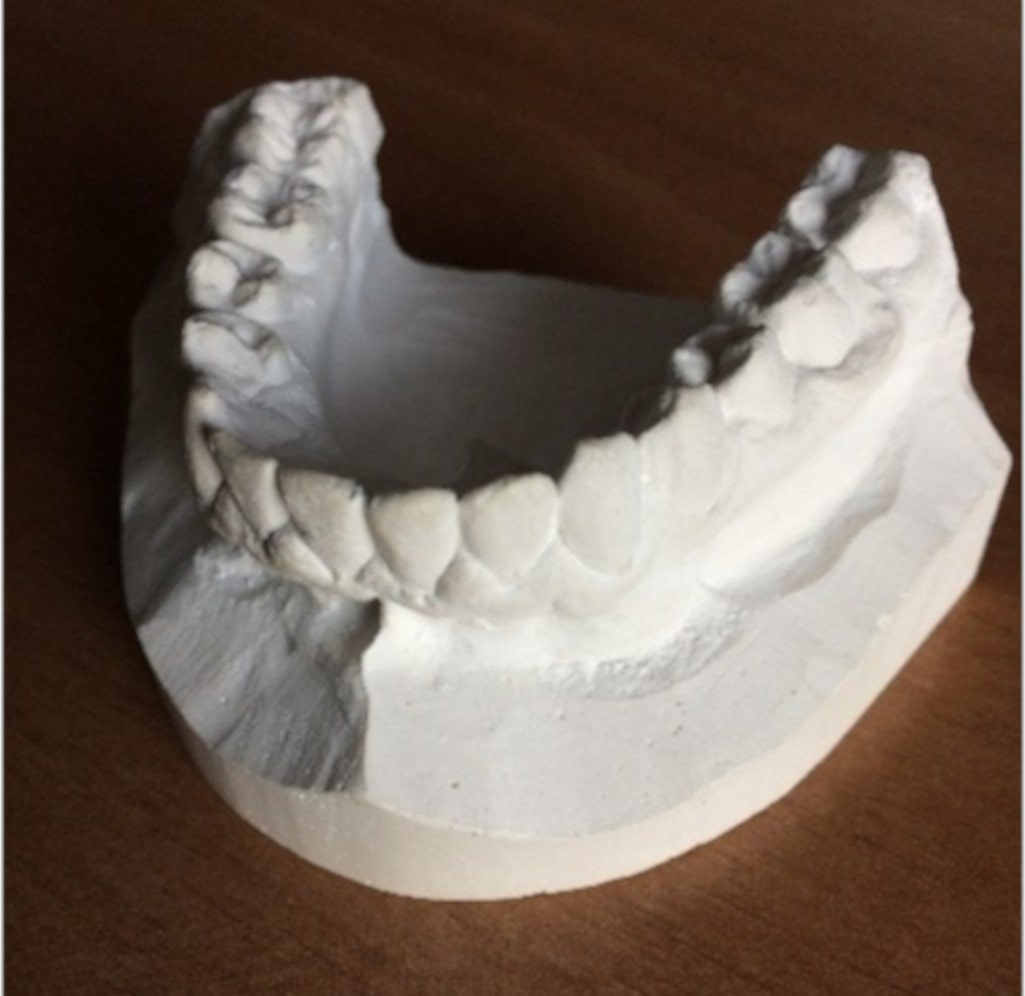
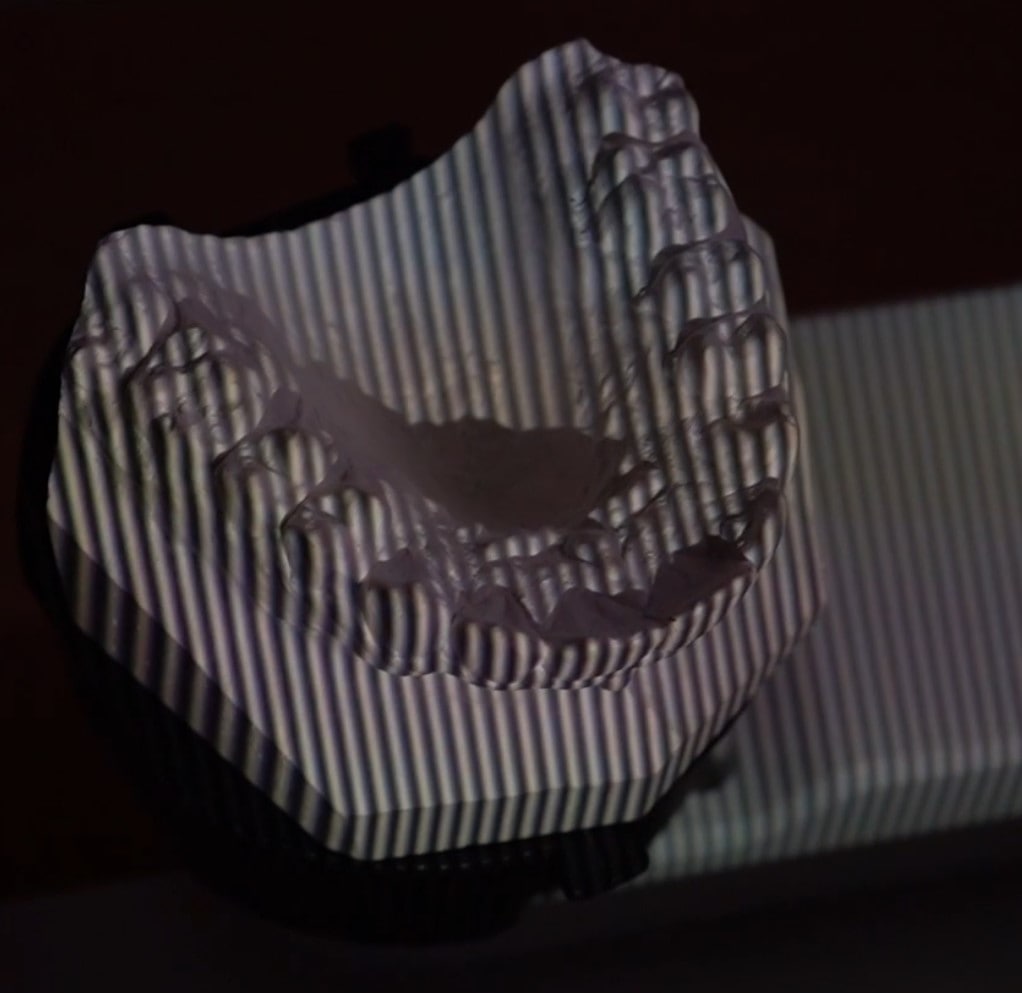
Intraoral scanner
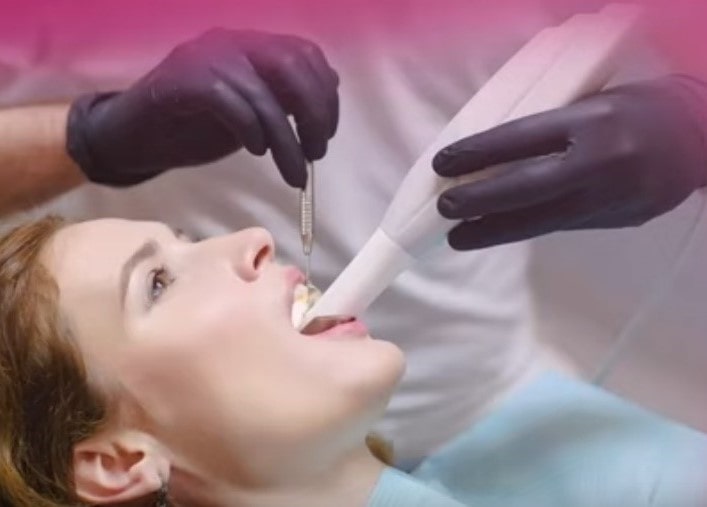
Import of STL file in Deltaface software
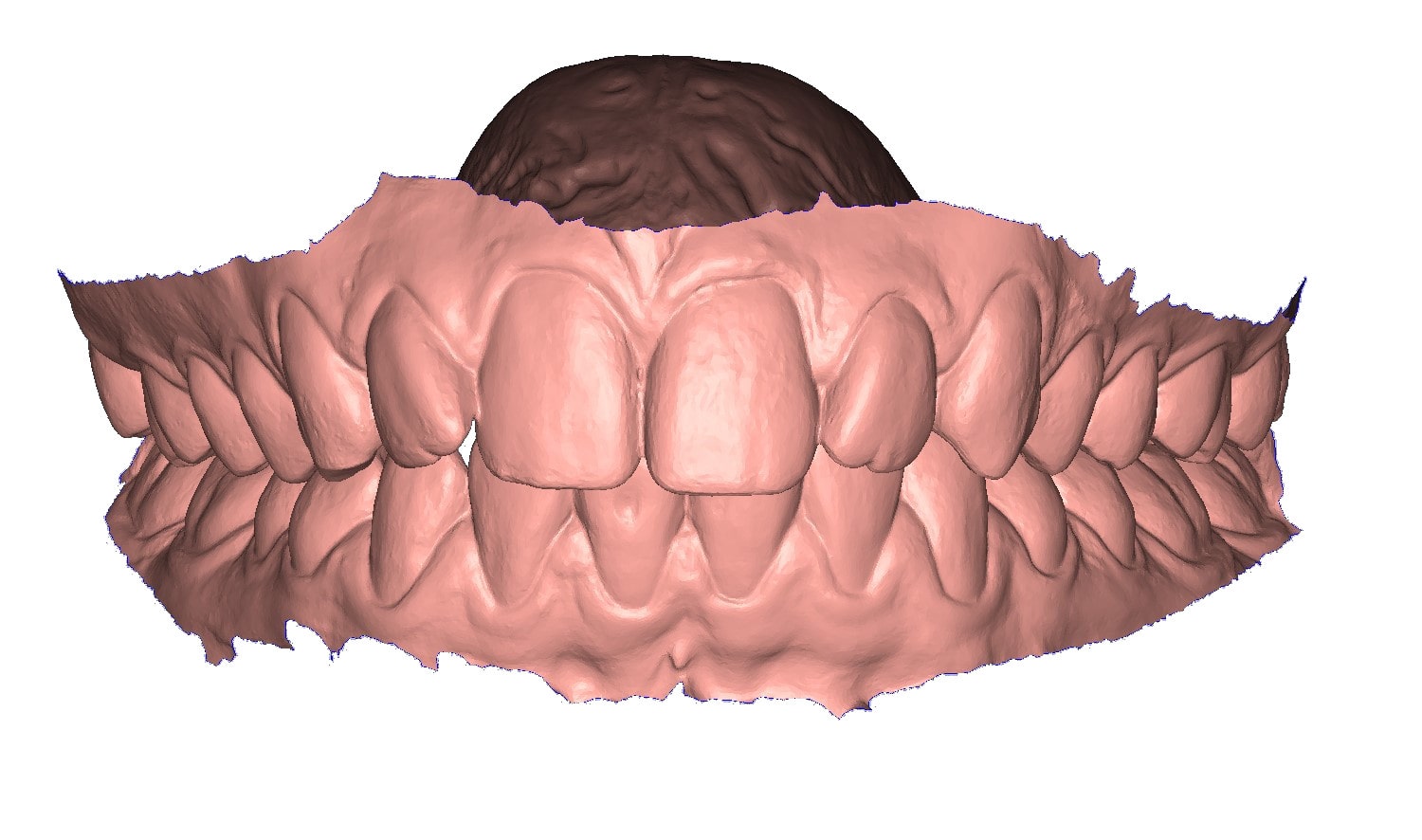
Creating the virtual dental model
Aligner offers a simplified base for the scanned models which is adapted for a cost-effective 3D printing. For other uses, Deltaface offers the Arch Base module.
An accurate and fast tooth recognition
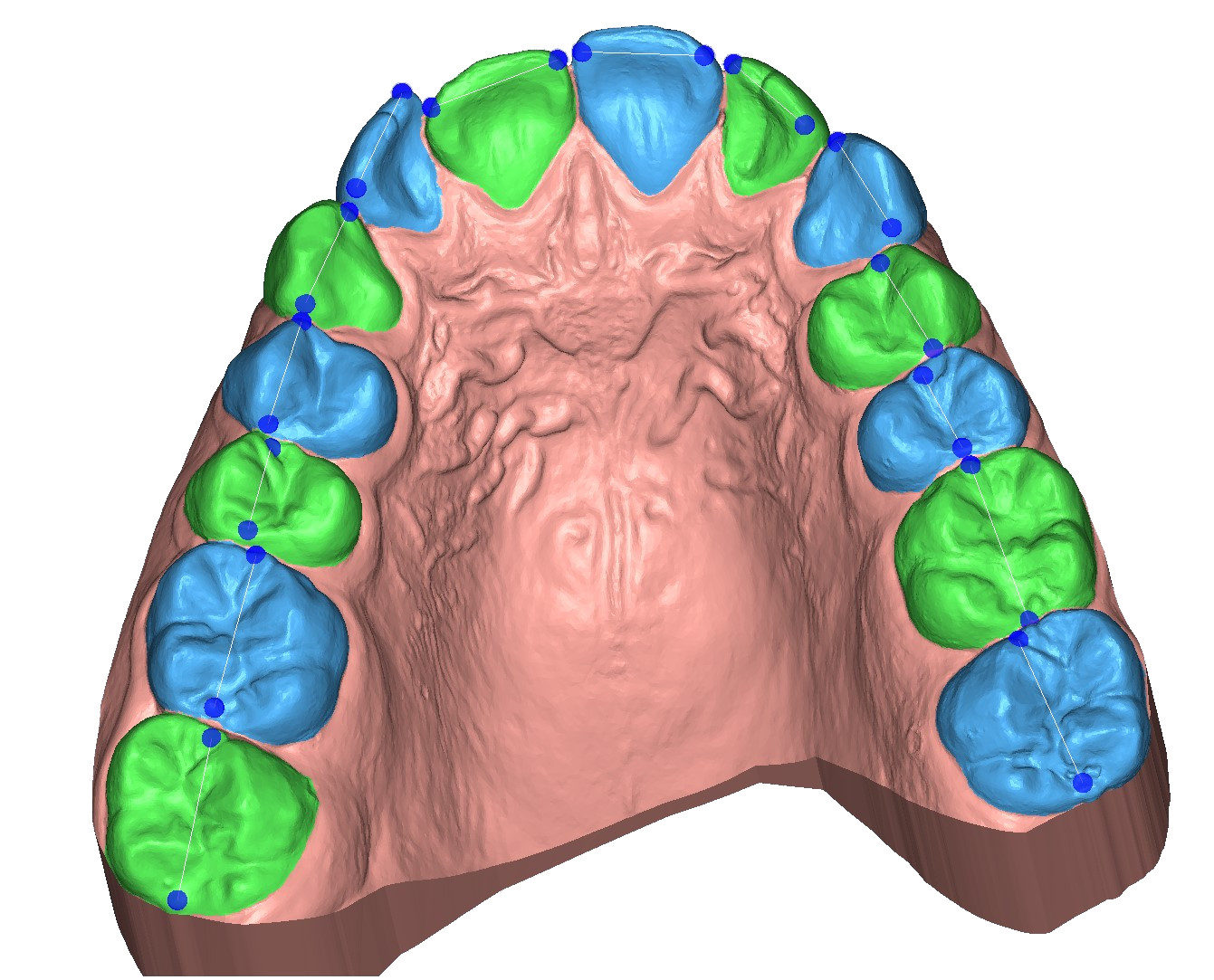
This step is essential for the software so that it can identify the gum and each tooth. The user enters the mesial and distal points of each tooth to be moved, the rest of the operation is fully automated. An adjustment of the contour of each tooth remains possible.
The adjustment of the virtual roots and the center of resistance
This step determines the origin of the angles and the movements of each tooth. It also allows to precisely adjust the axis and the center of resistance of the teeth. A virtual root is added.
A panoramic X-ray of the teeth or a Cone Beam (CBCT) might be useful for an accurate adjustment.
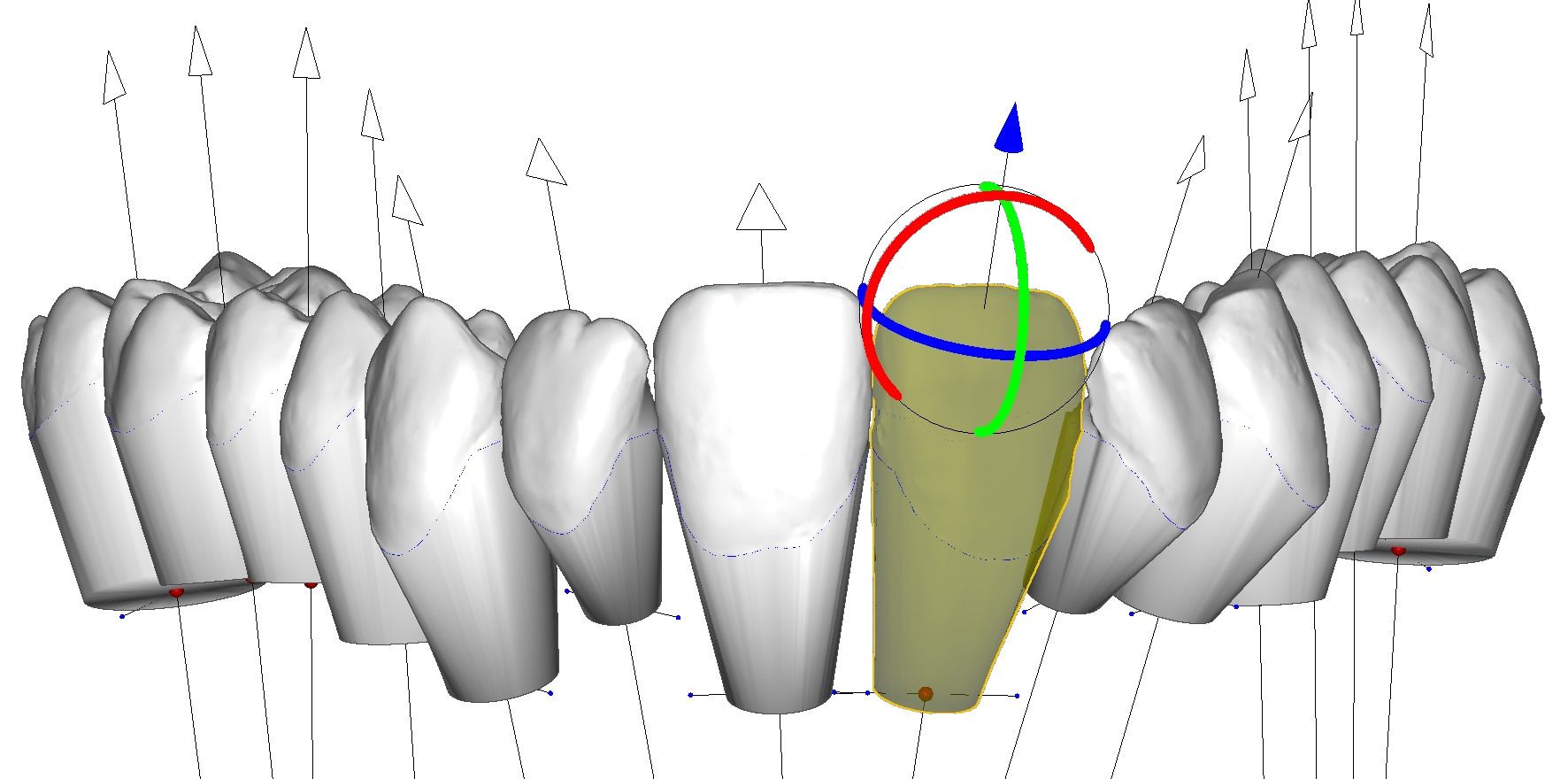
SETUP

Setup is the most important step in the alignment process. It consists in virtually moving the teeth to the intended outcome. The software gives you complete control over the treatment plan for advanced customisation of each case. The number of aligners to reach the goal is calculated in real time with each new movement. Maximum movement values are adjustable for each tooth, depending on different parameters, such as the patient’s age or the elasticity of the aligners. Complex movements can be accelerated by adding attachments, stripping (IPR) is therefore simulated. Occlusion and collisions can be controlled in real time. It is also very easy to introduce independent sequences to manage for example a prior distalisation or an over-correction. So, to avoid any confusion, a 3D engraving systematically includes the step number.
Show your patient the treatment simulation
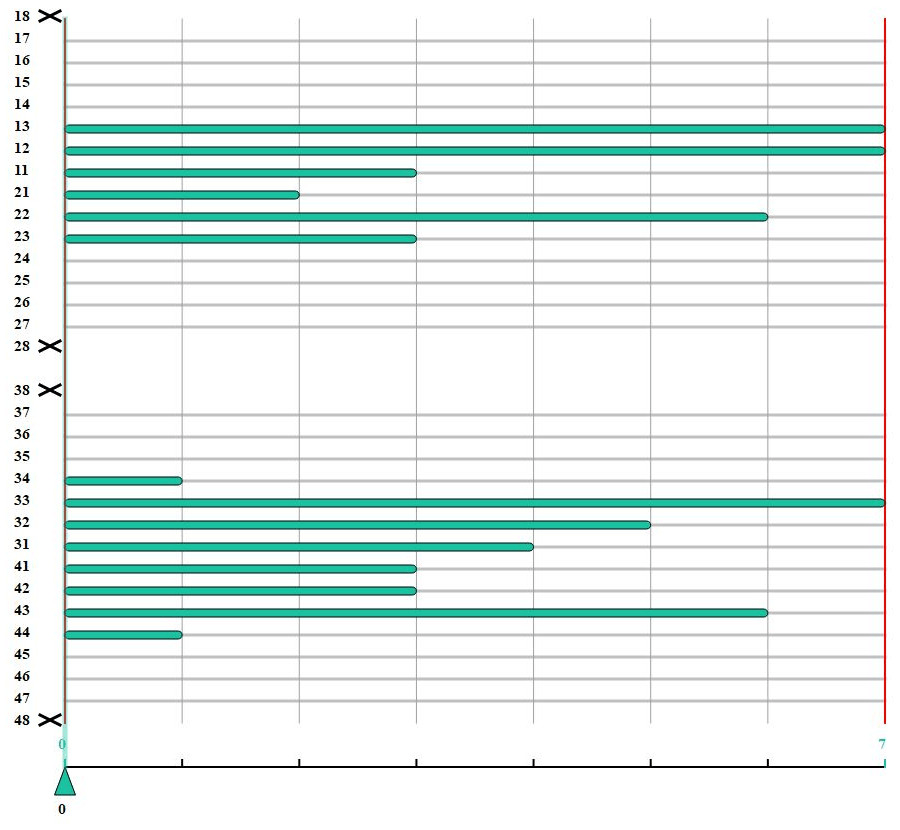
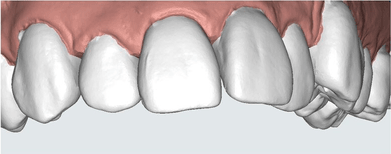
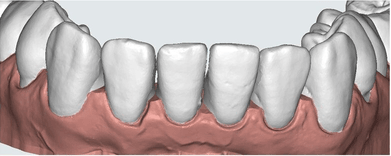
The treatment plan with stripping data, attachments positioning and movements are displayed in an animated layout. A detailed digital report includes all this information in a PDF format.
Export of models:
for thermoforming
for direct printing of aligners
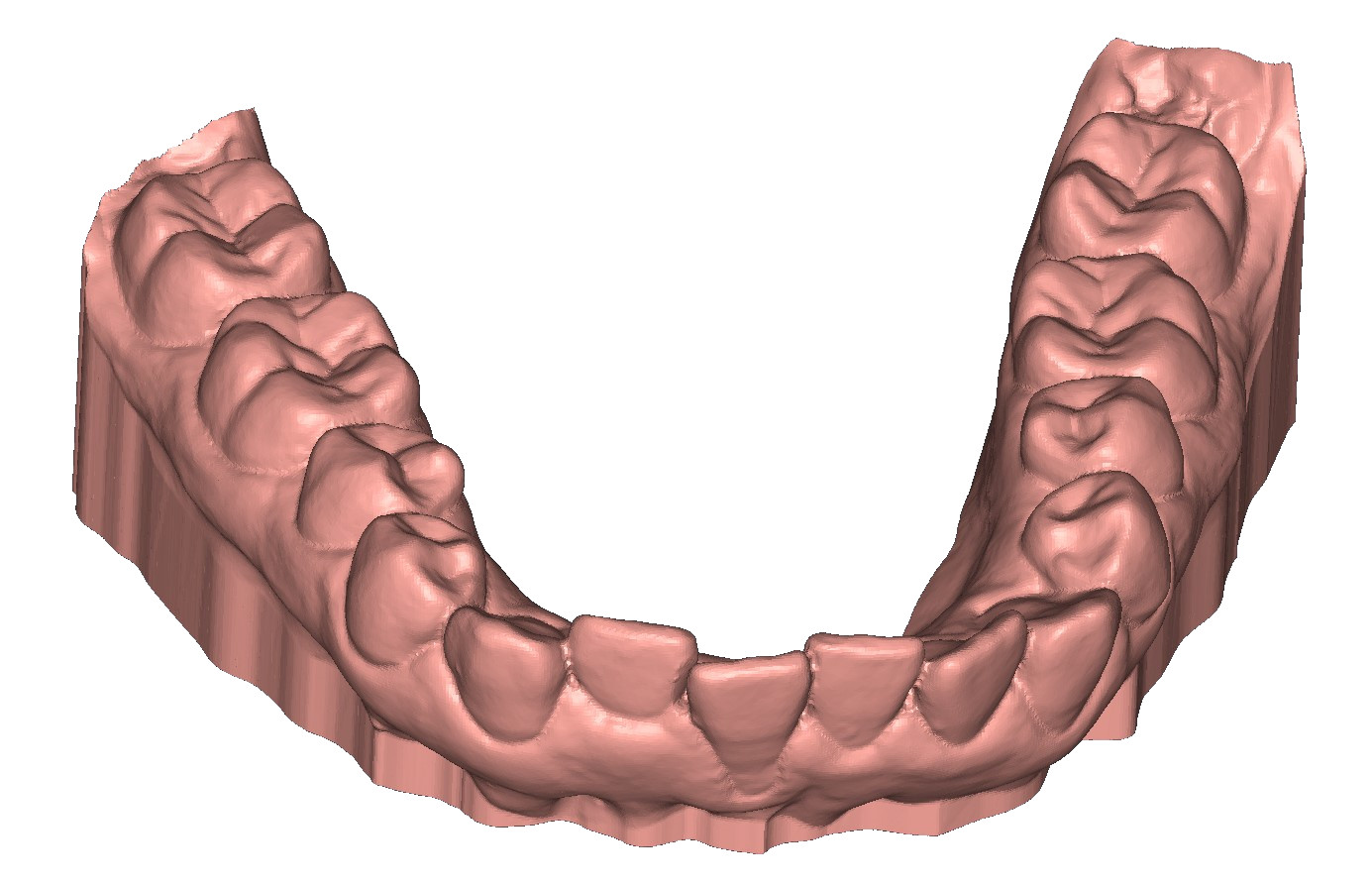
pour impression directe des aligneurs

The thermoforming technique is the reference technology to produce the aligners. It consists in printing a model for each step of the treatment, thermoforming a plastic sheet, which will be then trimmed and polished.
Consequently, Aligner exports information to automate the process of trimming the aligners after thermoforming that can be used with WorkNC Dental© software among others.
Direct 3D printing of aligners is more innovative and is gradually gaining market share, especially with the emergence of more suitable resins. It is a major breakthrough in the field of invisible orthodontics and we are sure that in a few years this technique will be widespread because it offers many advantages notably: better precision, saving of time by eliminating the steps of thermoforming, cutting and polishing; it also allows a saving of resin by eliminating the need to print the models, which has an ecological virtue.
With its partner Graphy©, Aligner has introduced functionalities specifically adapted to aligner resins. For example, it enables to set the rigidity of the aligner by locally adjusting the thickness of the aligners.